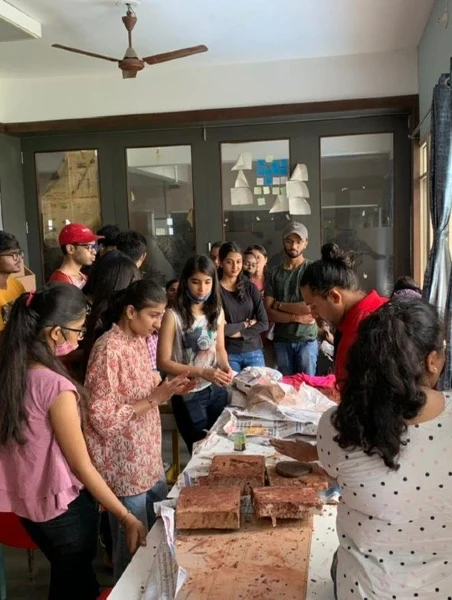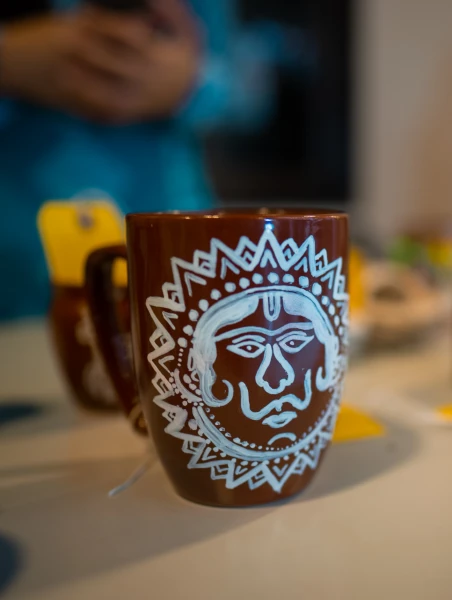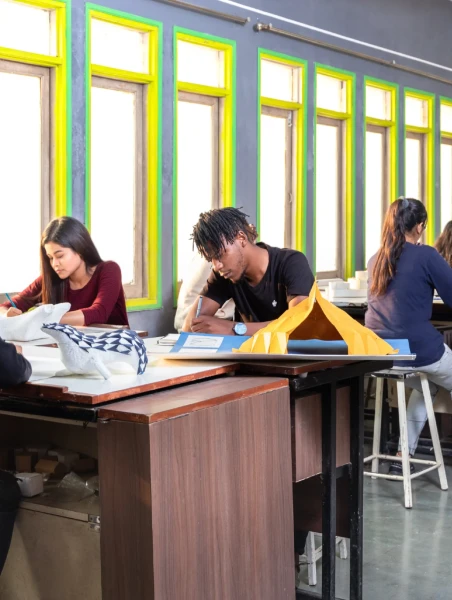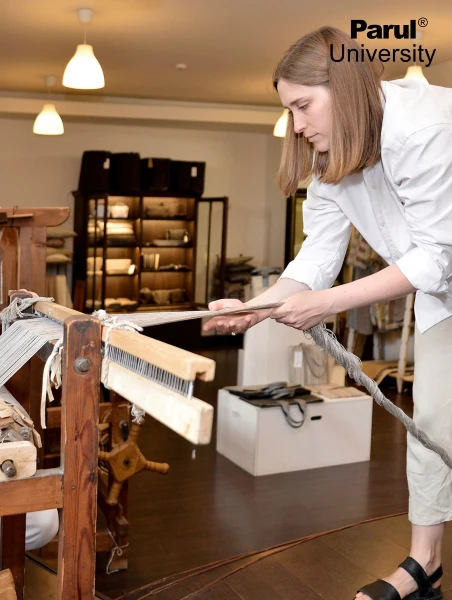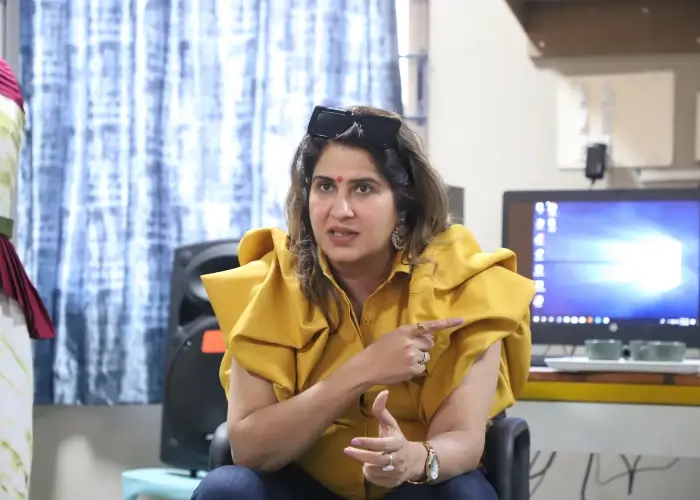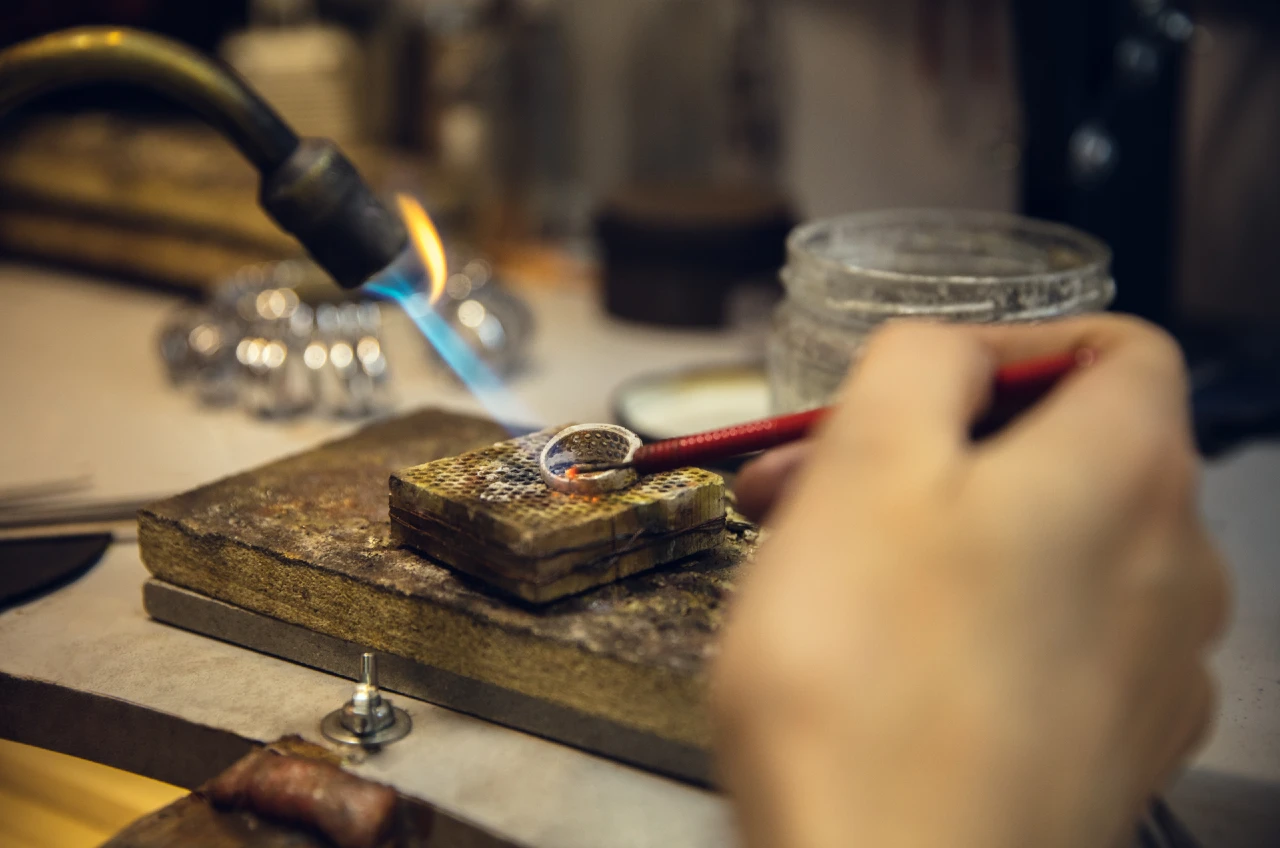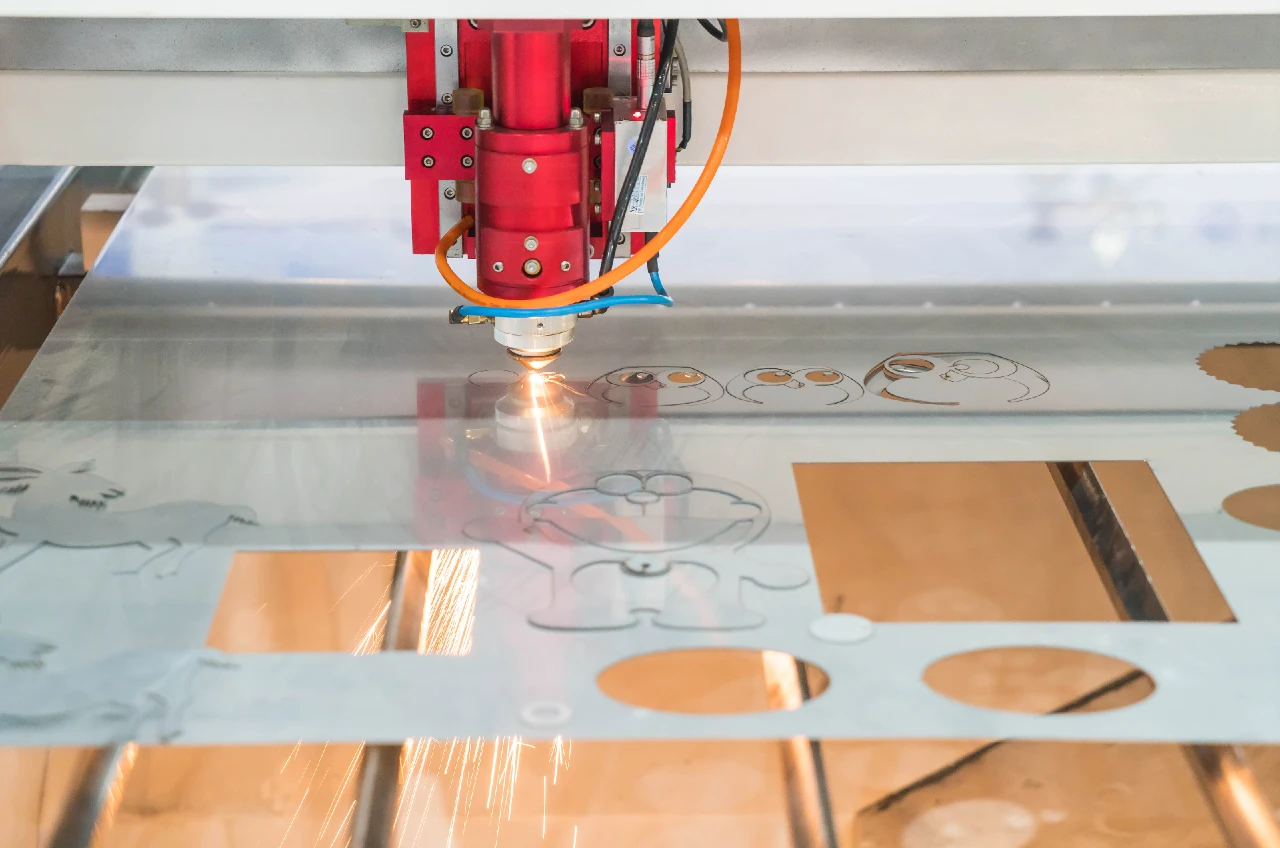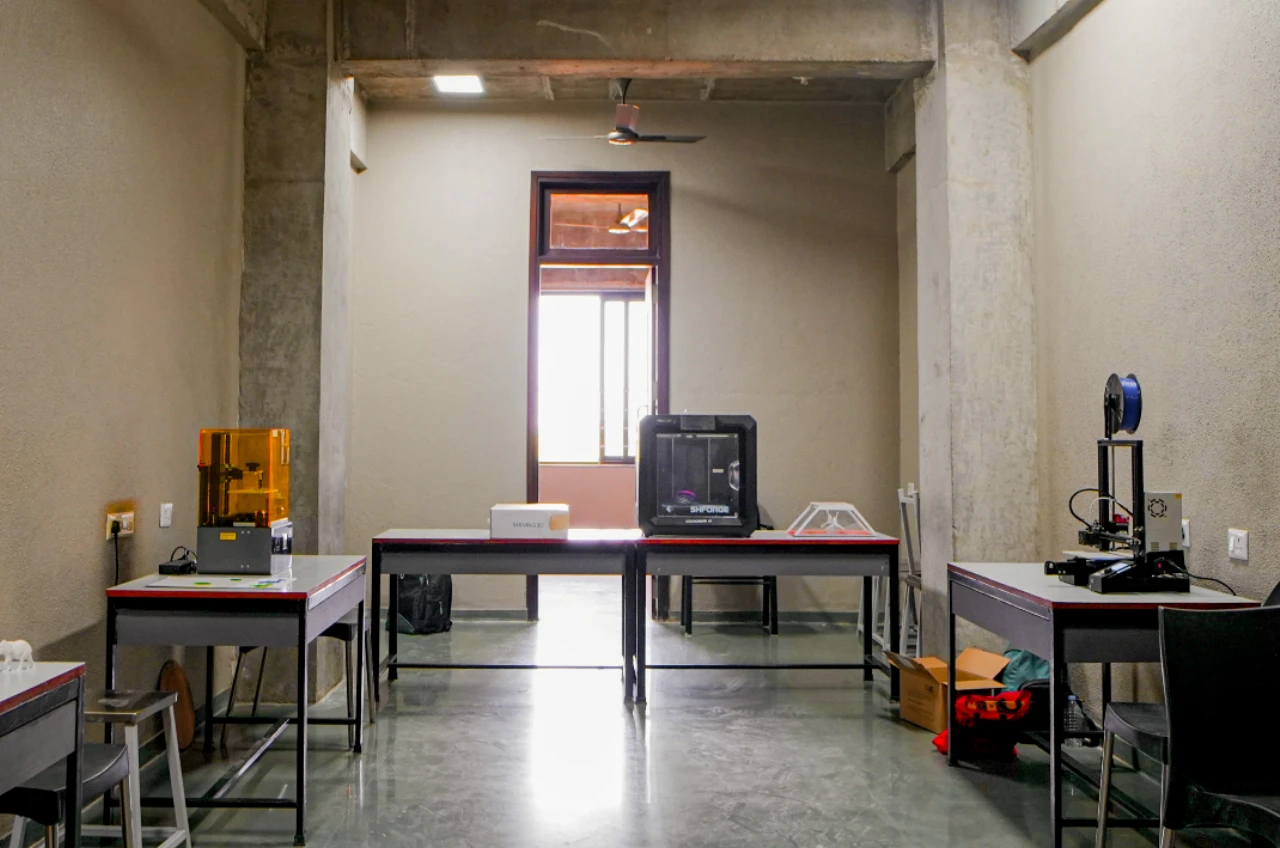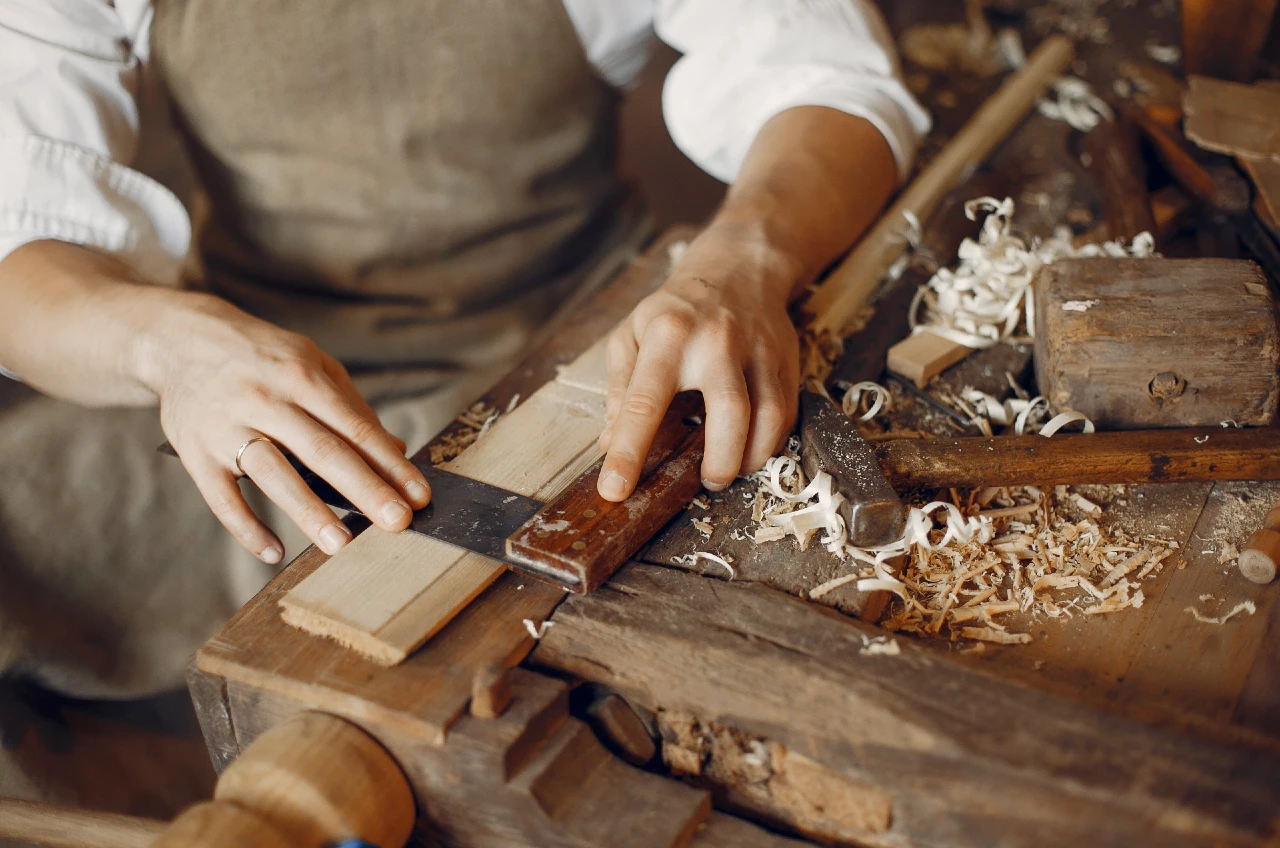Spatial Design :
Develop a deep understanding of how to manipulate space, light, color, and
materials to create functional and visually appealing interior environments.
Furniture Design :
Learn to design and select furniture that complements the overall design
concept, considering comfort, ergonomics, and aesthetics.
Color Psychology :
Explore the psychological impact of colors on human emotions and behaviors,
using color theory to create atmospheres that align with the intended purpose of
the space.
Materials and Finishes
:
Gain expertise in selecting and applying a wide range of materials, finishes,
and textures to enhance the tactile and visual experience of interiors.
Architectural Drawing
:
Master the art of technical drawing, including floor plans, elevations, and
sections, to effectively communicate your design ideas to clients and
contractors.
3D Visualization :
Learn to create realistic 3D renderings and virtual walkthroughs, enabling
clients to visualize the final design before implementation.
Sustainable Design
:
Embrace eco-friendly design principles, incorporating sustainable materials and
practices to create interiors that are both beautiful and environmentally
responsible.
Project Management :
Develop skills in project planning, budgeting, and coordination to oversee the
execution of interior design projects from concept to completion.
Creative Expression :
Dive into the immersive realm of space, form, and function. Explore textures,
materials, colours, and lighting to craft evocative interiors and furniture that
tell stories.
Design Fundamentals :
Master the essential principles of design – proportion, scale, balance, rhythm,
and harmony – to create spaces that are not only aesthetically pleasing but also
user-centered and functional.
From Sketch to Reality
:
Learn to translate your creative vision into tangible reality through expert
instruction in technical drawing, 3D modeling, and rendering software. Refine
your skills in woodworking, metalworking, and other essential fabrication
techniques to bring your designs to life.
Material Mastery :
Delve deep into the world of materials, understanding their properties,
strengths, limitations, and sustainable practices. Learn to select and combine
materials for maximum impact, creating spaces and furniture that are both
durable and aesthetically captivating.
Ergonomic Design :
Prioritise human comfort and well-being by understanding principles of
ergonomics and applying them to furniture and spatial design. Create
environments that are not only beautiful but also supportive, accessible, and
promote positive user experiences.
Industry Immersion :
Gain invaluable insights from guest lectures by renowned interior designers and
furniture makers. Participate in field trips to design studios, showrooms, and
construction sites to witness the industry in action and network with
professionals.
Professional Portfolio
Development :
Build a strong portfolio that showcases your design journey, technical skills,
and unique creative voice. Learn effective presentation techniques to captivate
potential employers and clients, setting yourself apart in the competitive
design landscape.
Beyond Interiors :
Explore the diverse possibilities within furniture design. Learn to design
furniture that is not only functional but also sculptural, expressive, and
seamlessly integrates into the overall spatial experience.
Future-Ready Skills :
Equip yourself with the digital tools and technologies that are shaping the
future of interior and furniture design. Master 3D modelling software,
presentation tools, and project management skills to thrive in the ever-evolving
design landscape.
This program is more than just about creating beautiful spaces; it's about
understanding people, and their needs, and how to design environments that
enhance their lives. It's a journey of exploration, technical mastery, and
creative expression, preparing you for a fulfilling career in the ever-evolving
world of interior and furniture design.

